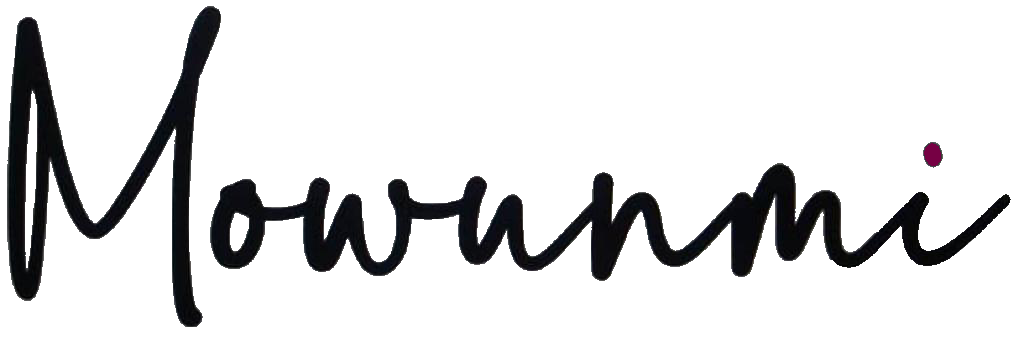If your business has faced the struggle of low customer satisfaction and less-than-expected performance outcomes, an effective drill-down of the root causes would inevitably pinpoint the current business processes. When business processes are working well, time and effort are channeled to the right places, employees know what good outcomes look like and how to accomplish them, resources are maximized and not wasted, and business outcomes meet and exceed expectations. But when they are not working well, the opposite is what ensues.
But first of all, what’s a business process?
A business process can be defined as any business activity or task executed to accomplish the objectives of the enterprise. “Business process” is a catch-all phrase that tends to be used to describe several things, so here are two models to think about how to categorize your business processes. The models below are not interchangeable; the second one expands on the first. However, the first model is helpful for early-stage businesses that are yet to attain a product-market fit and do not have many specialized roles.
The PLAN-SOURCE-MAKE-SELL-SUPPORT model.
These five words look random, but they summarize the core activities every product-based business undertakes to deliver value to customers. There are activities for:
planning: researching, strategizing, conceptualizing, or designing
sourcing (or procuring): getting the input or raw materials required to create your product
making: which can be manufacturing, programming, or developing based on the business industry
selling: which is essentially exchanging the product for cash to a customer
supporting: keeping the communication between customers and the business open to resolve issues and get feedback to
An extended way to think about what makes up your business processes is
The CORE, ENABLING & STRATEGIC model.
This model expands on the model above and maps out business processes for a long-range perspective on business management (STRATEGIC) and management of the key business resources – people, finances, infrastructure and materials (ENABLING). An example of a CORE-ENABLING-STRATEGIC model for a manufacturing business is shown below:

There are three orders of process challenges a business can face, and solving one order usually reveals opportunities in the next order. Solving process challenges takes a tiered approach where the more fundamental issues are tackled first and the others after in order of increasing complexity.
The first order of process challenges a business faces is usually that of STANDARDIZATION. When processes are not standardized, business teams are inconsistent. This means they do things one way today and another way tomorrow, or different teams execute the same business activity in different ways.
When business processes are not standardized, quality standards drop, resources are wasted, and customer satisfaction is reduced.
Here are two business scenarios demonstrating this:
Scenario 1: A baking business that creates cakes. Because the baking process is not standardized, the bakers use one egg in their batter recipe today, two eggs the next day, and one egg the day after (perhaps in a bid to save on costs or based on item availability). This affects the customer experience as customers come expecting a particular taste standard and leave experiencing something else. This can also result in wastage of resources as one egg might just be enough for the specific batter recipe, but teams are using two or more eggs since there are no defined standards.
Scenario 2: A business with sales representatives and marketers that incur reimbursable transport expenses. These sales reps take screenshots of their receipts and send their transport receipts via WhatsApp to the Finance team for reimbursement, while the marketers attach their receipts to an email and send them to the Finance team. This might appear to some as a process deviation that can be managed, and the Finance team should be able to pull the records from diverse sources and treat reimbursement requests. But this is not an organized workflow, and opportunities for missed messages and thus processing delays have been created by this approach. Also, this reimbursement process cannot scale: once the business decides to expand and hire more sales reps, or the sales reps have to make more business trips in a month, the process work effort expands and creates an avoidable work burden on the Finance team. This in turn creates a risk of reduced internal customer satisfaction and subsequently lowered employee motivation for the business.
How then can business processes be standardized? Standardization involves the definition of “standards” for processes. Standards include what the output should look like, what the input should be, and what specific steps must be taken in the process. Standards also include recommendations on PLACE (Spaces, Platforms, Equipment, Room, etc.) to execute the process, PEOPLE (skills, competencies, and authorization levels) to execute the process, timelines to adhere to, and approvals to be obtained.
What does a standardized process look like? A standardized process will usually have a documented SOP (Standard Operating Procedure) or a Process Manual. In most cases, other elements like flowcharts, templates, job aids, instructional videos and toolkits will be developed to accompany the Process Manual. These elements enhance the process definition with rich media and graphics to ensure the definitions are well understood by all levels of users.
Standardization elements in a process are not cast in stone and should be regularly reviewed as business realities adjust. Because of this, in addition to defining your business processes in SOPs, create a schedule for process revisions—ideally once a quarter for fast-growing businesses—to ensure your defined business processes deliver the best output for your business.
Usually, once a business standardizes their processes, a new set of process challenges emerge – optimization challenges. These will be detailed in the second part of this article.






No Comment! Be the first one.